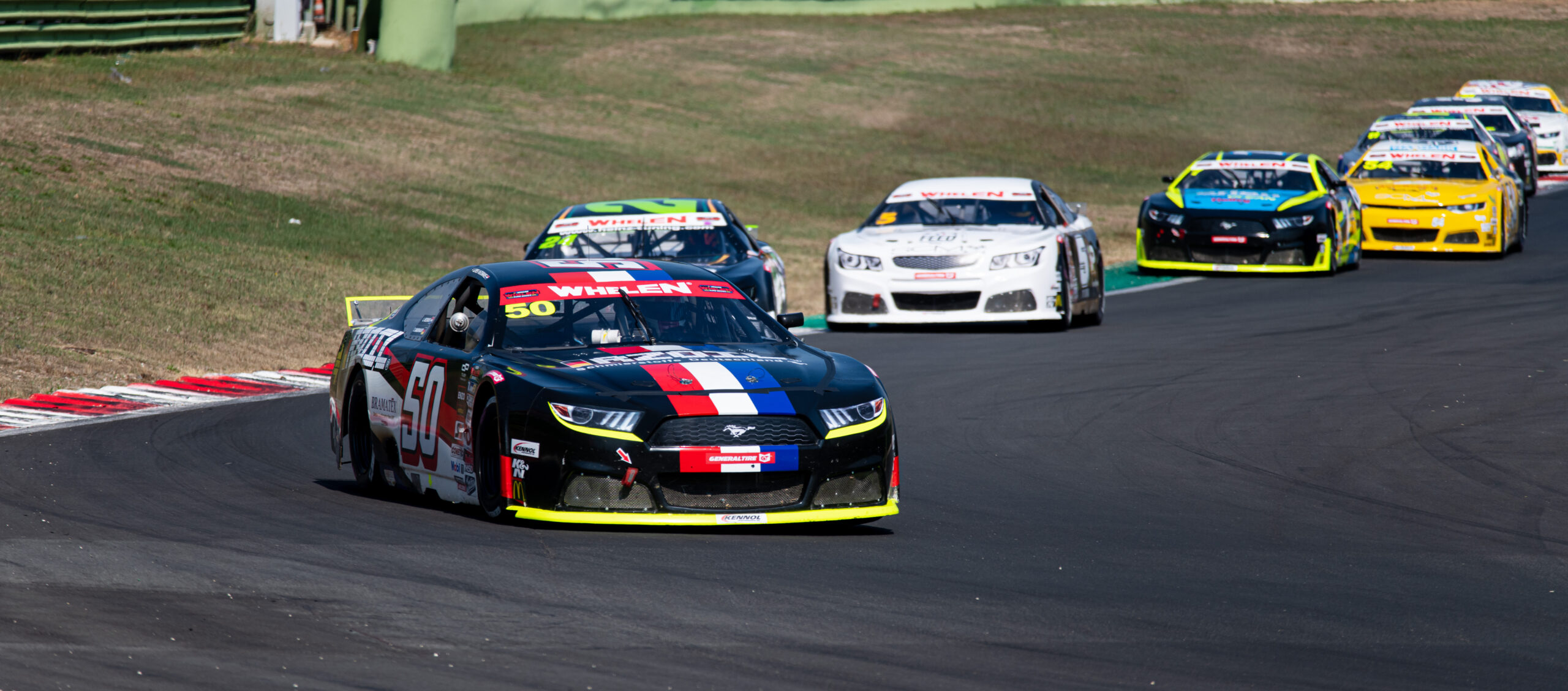Oval racers experience corner banking more than most other race series drivers. Oval racers know that you can get much more speed out of a banked at Bristol than in New Hampshire. Both are short oval tracks, but they have surprisingly different speed variances. This begs the question; what is the math behind corner banking? What does that have to do with the car?
Maximum Grip of Tires
To answer the question, we first need to understand what is happening at the tire level. The maximum grip of a tire is an arbitrary number. The subjective nature of the number means we need to use percentages to understand the tire’s total grip, which equals 100%. Every action that we complete in the car translates to a percentage of grip needed to complete this action. One example is braking in a straight line. The grip needed to make a complete stop could be 75% of the grip being used. Now, if we want to turn slightly left or right, we need 25% more of the grip. We have now reached 100% of the total grip. If we attempt to turn more, to make a tighter turn, we will begin to understeer because increasing the turning angle increases the requested percentage. The math behind corner banking directly impacts the efficiency of the grip.
Corner Banking
A corner banking refers to how much of an angle is created between the left and right side of the track, measured at the apex. The banking of a corner correlates to centrifugal force. The flatter the track, the less centrifugal force because the inertia has nowhere to go but the tires and quickly surpasses the available grip. This translates to experiencing understeer at slower speeds. When you add banking, imagine the tire being able to push against the track, generating more friction. Assuming the tire has not reached its maximum grip level, the banking will allow it to handle higher speeds. But how much?
Math Behind Corner Banking
While the calculation varies by sim, and the real world varies by type of car, the maximum amount of downforce will increase 10% per 5 degrees of banking (2% per degree of banking). This number applies to a car’s turning limit (speed will vary by car). A car with 1000 lbs of force being applied to the tires would experience 1100 lbs on a 5-degree banking (Sullivan, 1998, p. 47). Remember, this does not always translate to more grip. There is a finite limit that a tire can handle, regardless of environmental circumstances.
How To Use This Information
Now that we have a rough idea of the gravity of the details (pun intended), we need to focus on how it can be used. This comes into play in two ways, one is during setup creation and the other is during finding the limit. Setups are beyond the scope of this article but finding the limit is a great focal point. When we are finding the limit, we are not looking for the car’s limit in general, we want to understand it per corner. We now know that a corner with banking can provide more opportunity for higher entry and exit speeds. We can now calculate a rough performance gain based on the angle. Remeber ~2% per degree of angle. If you are looking for more cornering help, check out common cornering mistakes here.
Reference
Sullivan, Danny (1998). Going Faster! Mastering the Art of Race Driving. Bentley Publishers.
